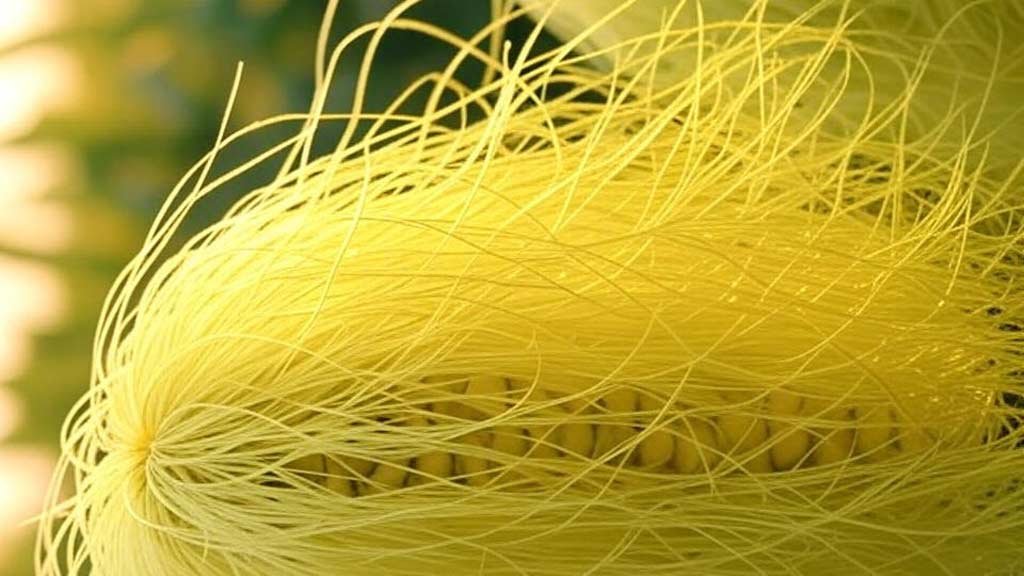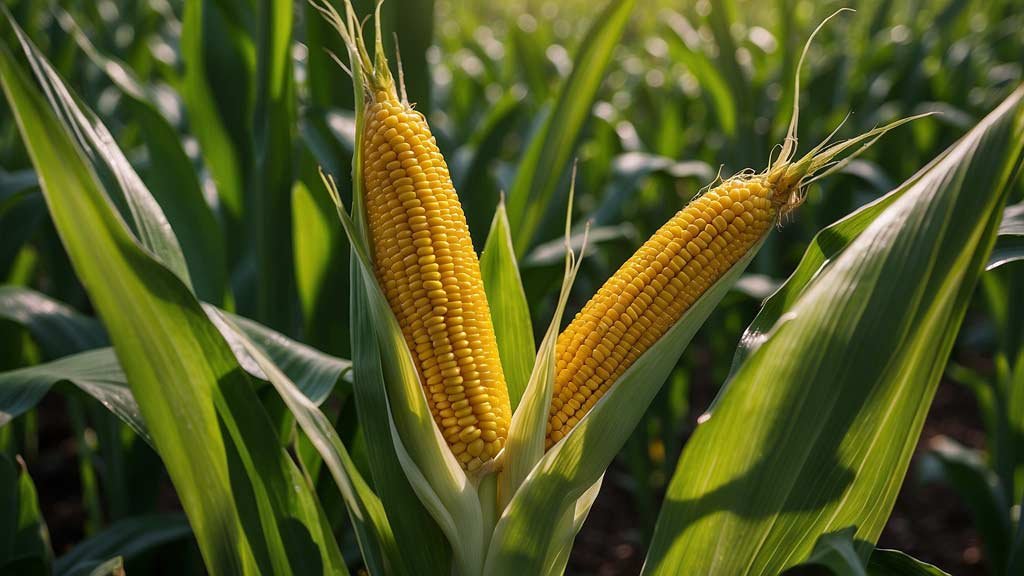Rediscovering Corn Silk: Nature’s Overlooked Healer
If you’ve ever husked an ear of corn, you’ve likely tossed the long, silky threads aside without a second thought. But these seemingly insignificant fibers—known as corn silk—have been quietly serving as a natural remedy for centuries. In traditional medicine systems like those of Native American and Chinese cultures, corn silk has been valued for its potential to support kidney health, manage urinary issues, and even regulate blood sugar levels.
Table of Contents
What Is Corn Silk?
Corn silk refers to the long, thread-like styles that grow from the top of an ear of corn. These delicate fibers are rich in bioactive compounds, including flavonoids, alkaloids, polysaccharides, and vitamins such as vitamin K. While often discarded as agricultural waste, corn silk has been utilized in herbal medicine for its therapeutic properties.
Traditional Uses of Corn Silk
In various cultures, corn silk has been employed to address a range of health concerns:
- Urinary Health: Corn silk is known for its diuretic properties, promoting increased urine production. This can help flush out toxins and may alleviate symptoms of urinary tract infections (UTIs) and bladder inflammation.
- Kidney Support: The diuretic effect extends to kidney health, potentially aiding in the prevention of kidney stones and supporting overall renal function.
- Blood Sugar Regulation: Some studies suggest that corn silk may help lower blood sugar levels, making it a potential adjunct in managing diabetes.
- Blood Pressure Management: The diuretic action of corn silk may also contribute to lowering blood pressure, offering a natural alternative for those seeking to manage hypertension.
- Anti-inflammatory Effects: Corn silk contains compounds that exhibit anti-inflammatory properties, which can be beneficial in treating conditions like gout and arthritis.
Scientific Insights into Corn Silk
Modern research has begun to validate many of the traditional uses of corn silk:
- Kidney Health: Studies have indicated that corn silk polysaccharides can reduce the risk of kidney stone formation by decreasing oxidative stress and inhibiting crystal adhesion.
- Diabetes Management: Research has shown that corn silk may attenuate diabetic nephropathy, a complication of diabetes affecting the kidneys, highlighting its potential role in managing diabetes-related kidney issues.
- Antioxidant Properties: Corn silk is rich in antioxidants, which can protect cells from oxidative damage and reduce inflammation, contributing to overall health and disease prevention.

How to Use Corn Silk
Corn silk can be utilized in various forms:
- Tea: Dried corn silk can be steeped in hot water to make a soothing herbal tea. This is perhaps the most common and accessible method of consumption.
- Tinctures and Extracts: Concentrated forms of corn silk are available in health stores and can be taken according to the manufacturer’s instructions.
- Capsules: For those who prefer a standardized dose, corn silk is available in capsule form.
- Topical Applications: Corn silk can be applied topically in the form of poultices or compresses to soothe skin irritations and inflammation.
Safety and Considerations
While corn silk is generally considered safe for most people, there are a few precautions to keep in mind:
- Pregnancy and Breastfeeding: Due to its diuretic effects, pregnant and breastfeeding women should consult a healthcare provider before using corn silk.
- Medication Interactions: Corn silk may interact with certain medications, including diuretics, blood pressure medications, and diabetes drugs. It’s important to consult a healthcare professional if you’re on any of these medications.
- Allergic Reactions: Individuals with allergies to corn or related plants should avoid using corn silk.
Final Thoughts
Corn silk, often overlooked and discarded, holds a wealth of medicinal potential. From supporting kidney health to managing blood sugar levels, this humble byproduct of corn cultivation offers a natural remedy rooted in tradition and supported by emerging scientific research. As with any herbal remedy, it’s essential to approach corn silk with informed consideration and consult healthcare providers when necessary. By rediscovering and respecting the uses of corn silk, we can tap into a natural resource that has stood the test of time.
Article Sources
At AncientHerbsWisdom, our content relies on reputable sources, including peer-reviewed studies, to substantiate the information presented in our articles. Our primary objective is to ensure our content is thoroughly fact-checked, maintaining a commitment to accuracy, reliability, and trustworthiness.
- Cleveland Clinic. (2023, April 17). Should You Eat Corn Silk? 4 Health Benefits. Retrieved from https://health.clevelandclinic.org/benefits-of-corn-silk
- WebMD. (n.d.). Corn Silk Tea: Are There Health Benefits?. Retrieved from https://www.webmd.com/diet/health-benefits-corn-silk-tea
- Healthline. (2019, June 12). Corn Silk: Uses, Benefits, and Dosage. Retrieved from https://www.healthline.com/nutrition/corn-silk
- MedicineNet. (n.d.). 7 Benefits of Corn Silk and How to Use It. Retrieved from https://www.medicinenet.com/7_benefits_of_corn_silk_and_how_to_use_it/article.htm
- RxList. (n.d.). Corn Silk – Uses, Side Effects, and More. Retrieved from https://www.rxlist.com/supplements/corn_silk.htm
- PubMed Central. (2012). Corn Silk (Stigma Maydis) in Healthcare: A Phytochemical and Pharmacological Review. Retrieved from https://pmc.ncbi.nlm.nih.gov/articles/PMC6268265/
- ScienceDirect. (2024). Unveiling the therapeutic potential of corn silk against kidney and liver disorders. Retrieved from https://www.sciencedirect.com/science/article/abs/pii/S2212429224014500
- PubMed. (2005). Zea mays L. extracts modify glomerular function and urinary excretion. Retrieved from https://pubmed.ncbi.nlm.nih.gov/15957371/
- ScienceDirect. (2016). Effects of bearberry, parsley, and corn silk extracts on urinary health. Retrieved from https://www.sciencedirect.com/science/article/abs/pii/S1756464615006209
- Wikipedia. (2023). Corn silk. Retrieved from https://en.wikipedia.org/wiki/Corn_silk

